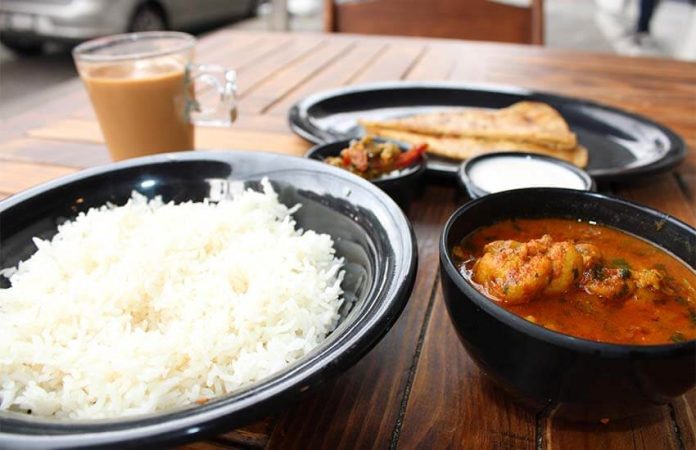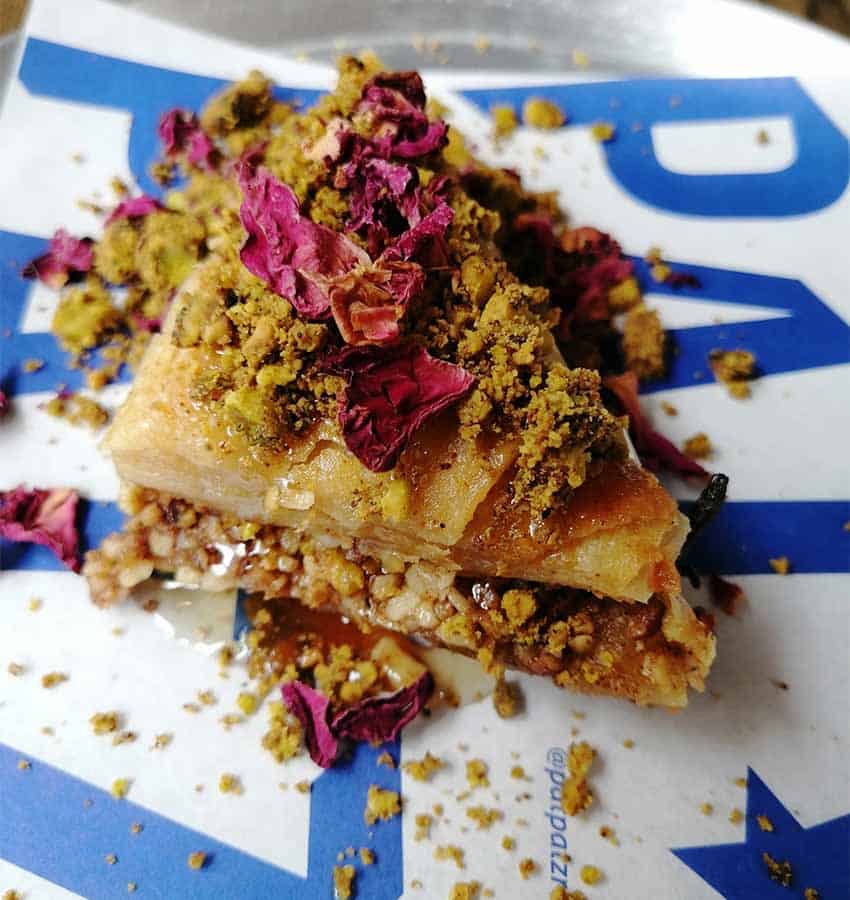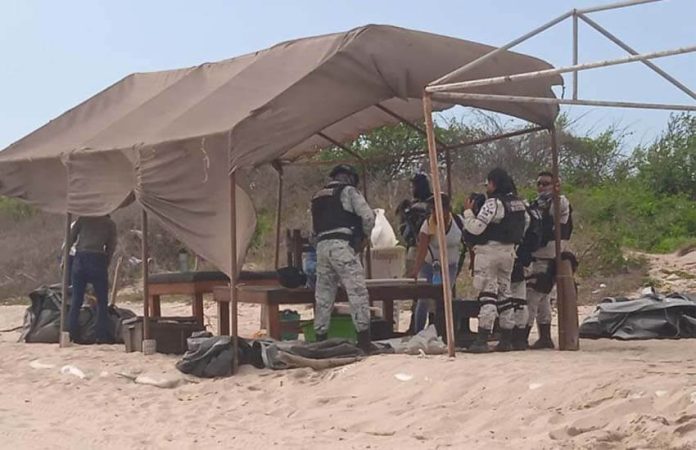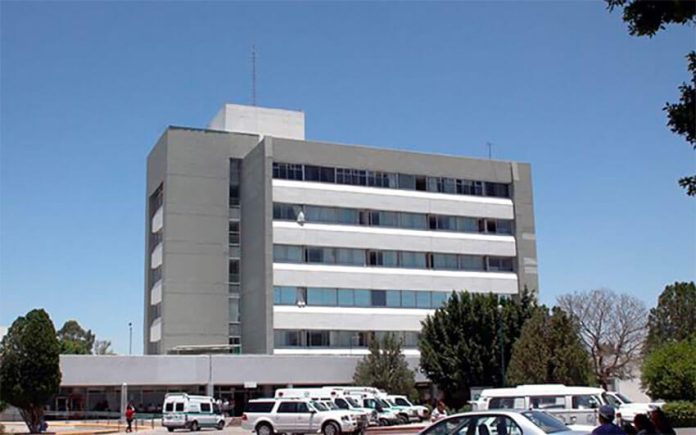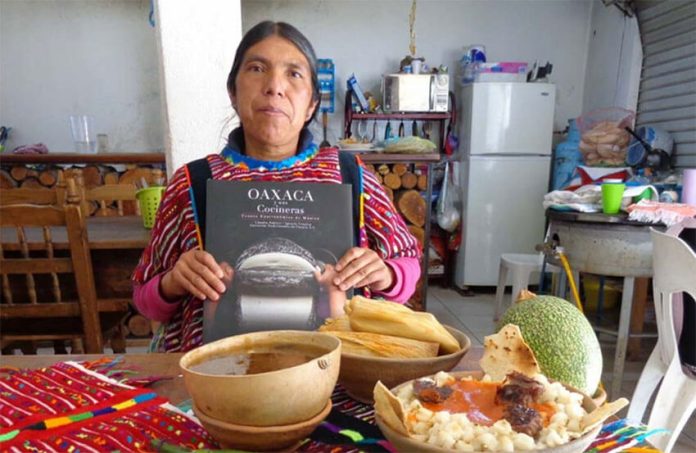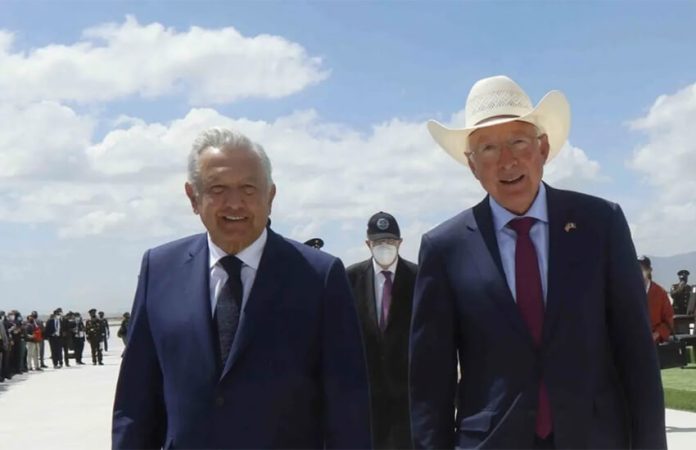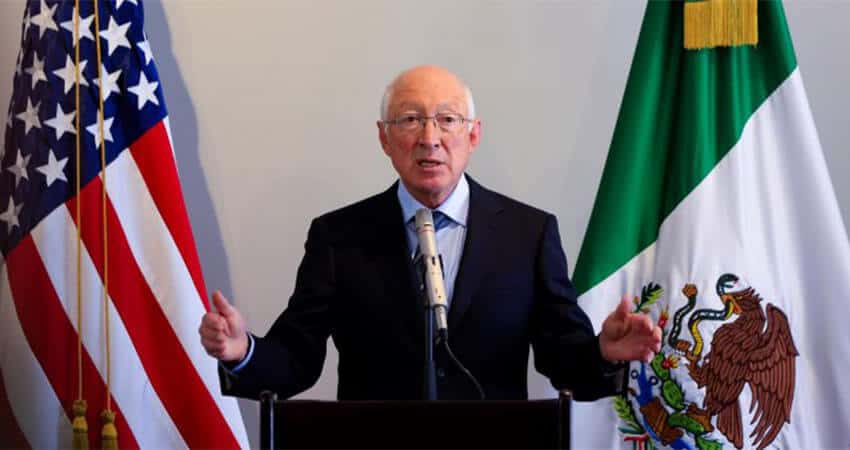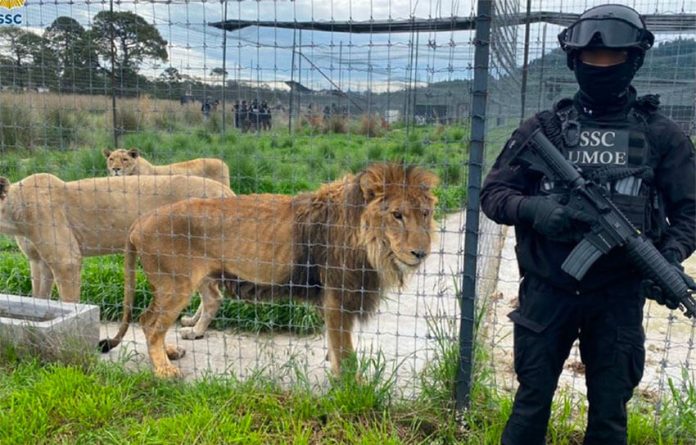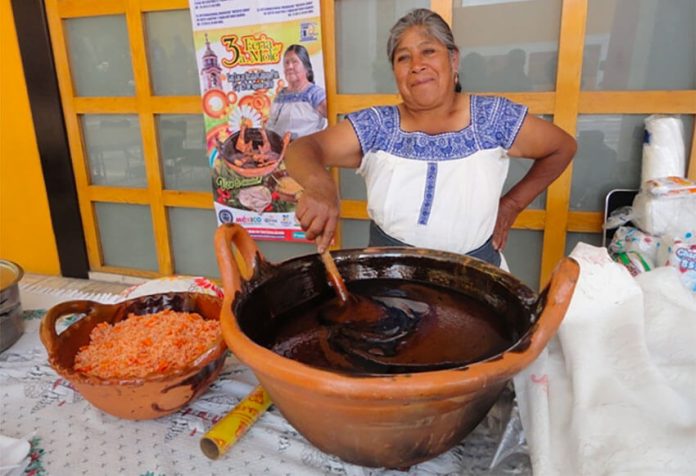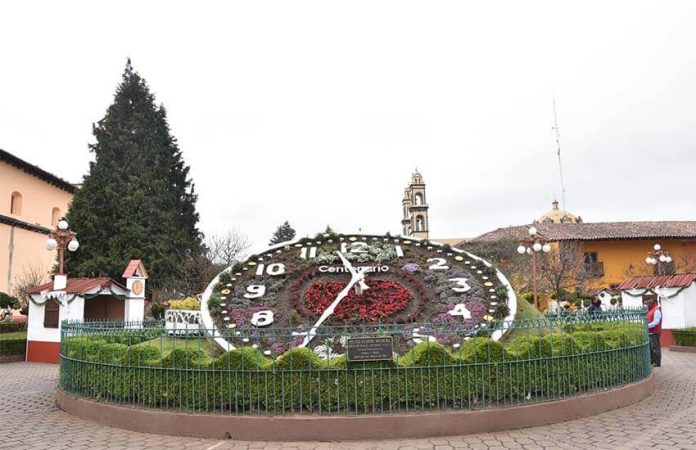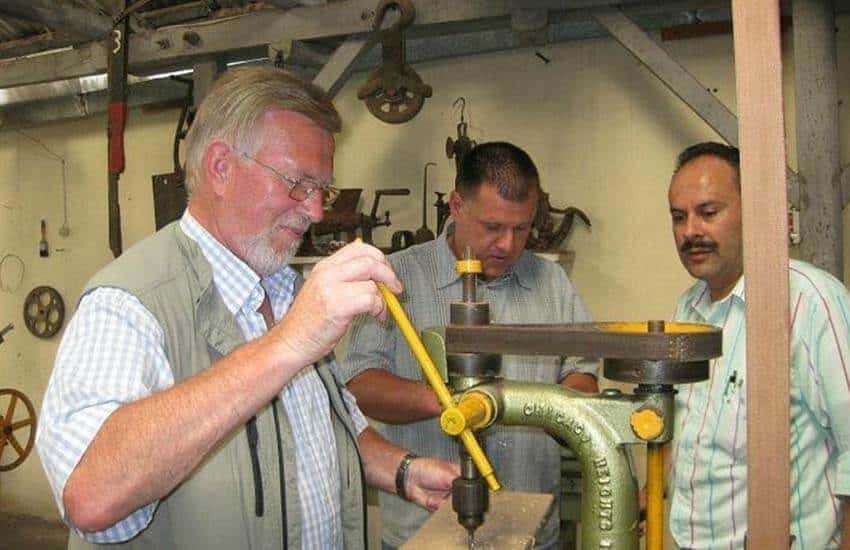The Energy Regulatory Commission (CRE) has put the brakes on a US $150 million wind farm built by Spanish energy company Iberdrola in Guanajuato.
The newspaper Reforma reported Wednesday that the federal regulator advised Iberdola on June 9 that it couldn’t begin operations at the wind farm, which is located in the northern municipality of San Felipe. According to the CRE, the Spanish company doesn’t have the permit it requires to operate there.
Iberdrola initially planned to build the project in Villa de Reyes, San Luis Potosí, and obtained a permit to operate the wind farm in that municipality. It asked the CRE over three years ago to modify the permit to allow operations in San Felipe but in March this year the regulator denied the request, telling the company it will have to submit an application for a new authorization.
Iberdrola has initiated legal action against the decision, but a court hearing isn’t scheduled until September 5. The judge who agreed to hear the case didn’t invalidate the CRE’s suspension order in the interim.
Earlier this year, the regulator refused to renew a permit for Iberdrola’s power plant in the Nuevo León municipality of Pesquería. In addition, the CRE – an ostensibly autonomous federal body – recently fined the company over 9 billion pesos (US $435.4 million) for violating a now-defunct electricity law.
President López Obrador, who is determined to “rescue” Mexico’s state-owned electricity and oil companies, holds Iberdrola up as an example of what he calls unscrupulous foreign firms that have “looted” the country. The company, one of the largest private energy generators in the Mexican market, has made significant cuts to its investment here since López Obrador took office in late 2018.
Meanwhile, United States Embassy official Laura Sima said Tuesday that a lack of clear rules in the energy sector is the reason behind legal battles between private companies and authorities. Speaking at a Mexico-U.S. business forum, the head of the embassy’s energy department also said that measures taken to strengthen the Federal Electricity Commission (CFE) and Pemex have affected private companies’ ability to operate freely in Mexico.
Authorities now think nothing of delaying or denying energy sector permits, which has a negative impact on foreign companies’ participation in the market, she said.
Ambassador Ken Salazar has made similar remarks, noting in March that U.S. energy companies are having problems securing the permits they need to operate without encumbrance in Mexico. Reforma reported earlier this year that gasoline retailers and other private companies were effectively being forced to purchase fuel from Pemex because the federal government wasn’t renewing import permits and has shut down some privately owned fuel storage terminals.
As part of his efforts to boost CFE and Pemex, López Obrador – who officially opened the new Pemex refinery on the Gulf coast of Tabasco last week – is betting big on fossil fuels, while making it harder for private renewable companies to operate here, although he’s more welcoming of those who intend to export clean energy to the U.S. rather than compete with the state utility.
Sima advocated additional development of Mexico’s renewables sector, noting that the country has abundant natural resources with which to generate clean energy. Taking full advantage of those resources could spur the creation of millions of well-paid jobs, she said.

